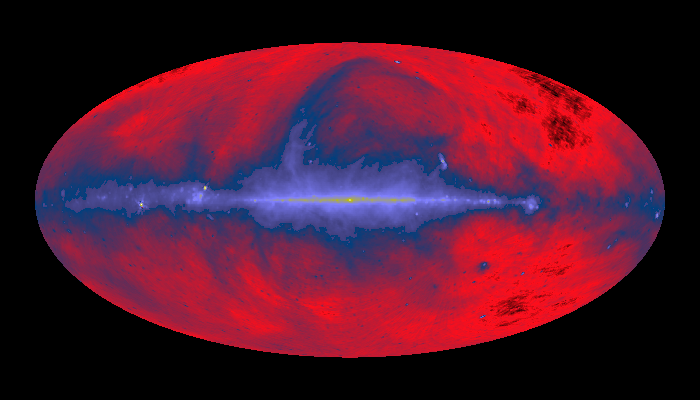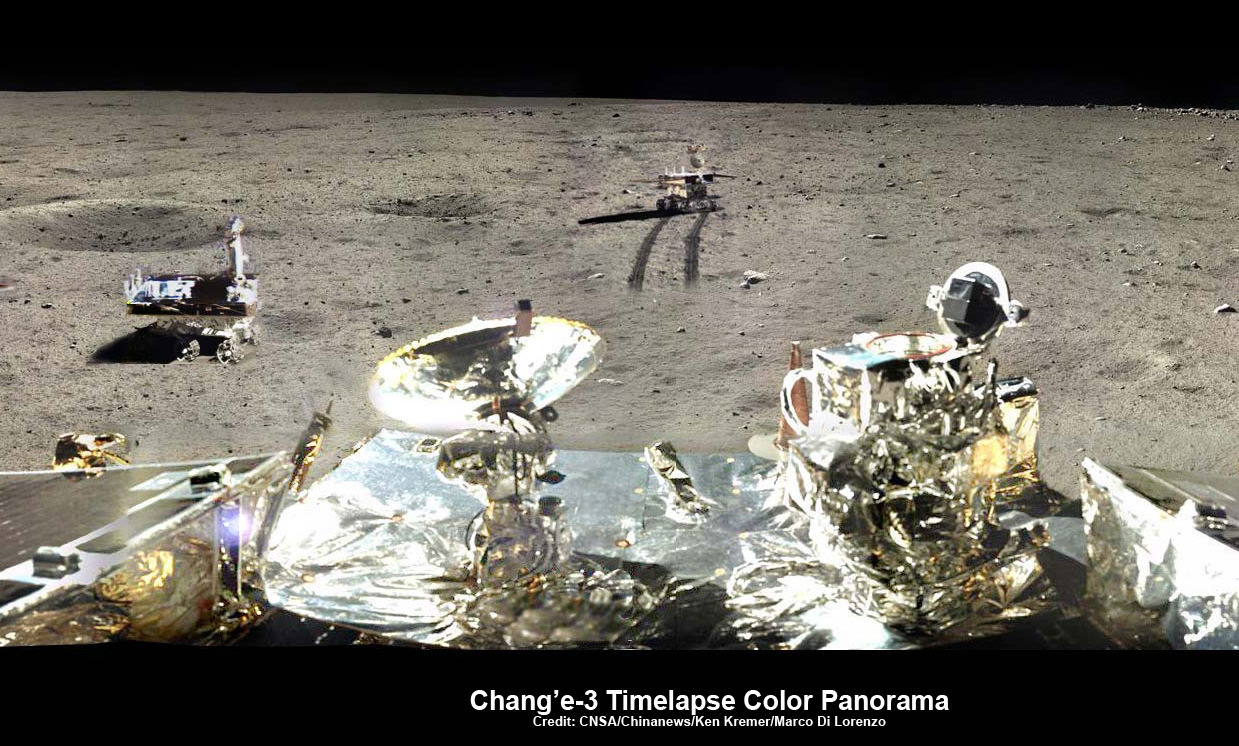One of the defining characteristics of the New Space era is partnerships. Whether it is between the private and public sector, different space agencies, or different institutions across the world, collaboration has become the cornerstone to success. Consider the recent agreement between the Netherlands Space Office (NSO) and the Chinese National Space Agency (CNSA) that was announced earlier this week.
In an agreement made possible by the Memorandum of Understanding (MoU) signed in 2015 between the Netherlands and China, a Dutch-built radio antenna will travel to the Moon aboard the Chinese Chang’e 4 satellite, which is scheduled to launch in 2018. Once the lunar exploration mission reaches the Moon, it will deposit the radio antenna on the far side, where it will begin to provide scientists with fascinating new views of the Universe.
The radio antenna itself is also the result of collaboration, between scientists from Radboud University, the Netherlands Institute for Radio Astronomy (ASTRON) and the small satellite company Innovative Solutions in Space (ISIS). After years of research and development, these three organizations have produced an instrument which they hope will usher in a new era of radio astronomy.
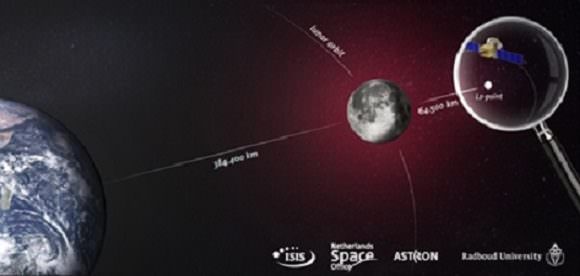
Essentially, radio astronomy involves the study of celestial objects – ranging from stars and galaxies to pulsars, quasars, masers and the Cosmic Microwave Background (CMB) – at radio frequencies. Using radio antennas, radio telescopes, and radio interferometers, this method allows for the study of objects that might otherwise be invisible or hidden in other parts of the electromagnetic spectrum.
One drawback of radio astronomy is the potential for interference. Since only certain wavelengths can pass through the Earth’s atmosphere, and local radio wave sources can throw off readings, radio antennas are usually located in remote areas of the world. A good example of this is the Very-Long Baseline Array (VLBA) located across the US, and the Square Kilometer Array (SKA) under construction in Australia and South Africa.
One other solution is to place radio antennas in space, where they will not be subject to interference or local radio sources. The antenna being produced by Radbound, ASTRON and ISIS is being delivered to the far side of the Moon for just this reason. As the latest space-based radio antenna to be deployed, it will be able to search the cosmos in ways Earth-based arrays cannot, looking for vital clues to the origins of the universe.
As Heino Falke – a professor of Astroparticle Physics and Radio Astronomy at Radboud – explained in a University press release, the deployment of this radio antenna on the far side of the Moon will be an historic achievement:
“Radio astronomers study the universe using radio waves, light coming from stars and planets, for example, which is not visible with the naked eye. We can receive almost all celestial radio wave frequencies here on Earth. We cannot detect radio waves below 30 MHz, however, as these are blocked by our atmosphere. It is these frequencies in particular that contain information about the early universe, which is why we want to measure them.”
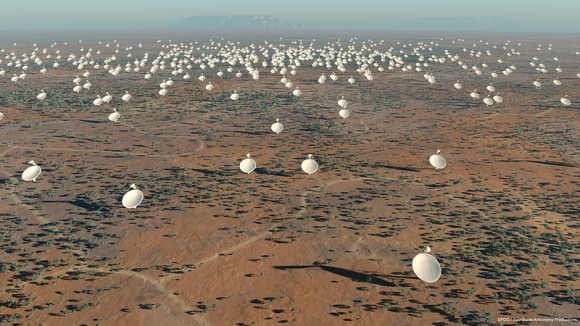
As it stands, very little is known about this part of the electromagnetic spectrum. As a result, the Dutch radio antenna could be the first to provide information on the development of the earliest structures in the Universe. It is also the first instrument to be sent into space as part of a Chinese space mission.
Alongside Heino Falcke, Marc Klein Wolt – the director of the Radboud Radio Lab – is one of the scientific advisors for the project. For years, he and Falcke have been working towards the deployment of this radio antenna, and have high hopes for the project. As Professor Wolt said about the scientific package he is helping to create:
“The instrument we are developing will be a precursor to a future radio telescope in space. We will ultimately need such a facility to map the early universe and to provide information on the development of the earliest structures in it, like stars and galaxies.”
Together with engineers from ASTRON and ISIS, the Dutch team has accumulated a great deal of expertise from their years working on other radio astronomy projects, which includes experience working on the Low Frequency Array (LOFAR) and the development of the Square Kilometre Array, all of which is being put to work on this new project.
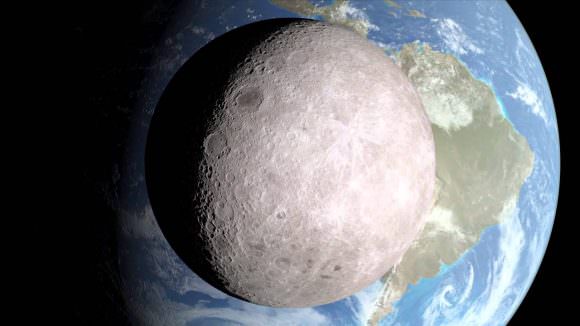
Other tasks that this antenna will perform include monitoring space for solar storms, which are known to have a significant impact on telecommunications here on Earth. With a radio antenna on the far side of the Moon, astronomers will be able to better predict such events and prepare for them in advance.
Another benefit will be the ability to measure strong radio pulses from gas giants like Jupiter and Saturn, which will help us to learn more about their rotational speed. Combined with the recent ESO efforts to map Jupiter at IR frequencies, and the data that is already arriving from the Juno mission, this data is likely to lead to some major breakthroughs in our understanding of this mysterious planet.
Last, but certainly not least, the Dutch team wants to create the first map of the early Universe using low-frequency radio data. This map is expected to take shape after two years, once the Moon has completed a few full rotations around the Earth and computer analysis can be completed.
It is also expected that such a map will provide scientists with additional evidence that confirms the Standard Model of Big Bang cosmology (aka. the Lambda CDM model). As with other projects currently in the works, the results are likely to be exciting and groundbreaking!
Further Reading: Radbound University

